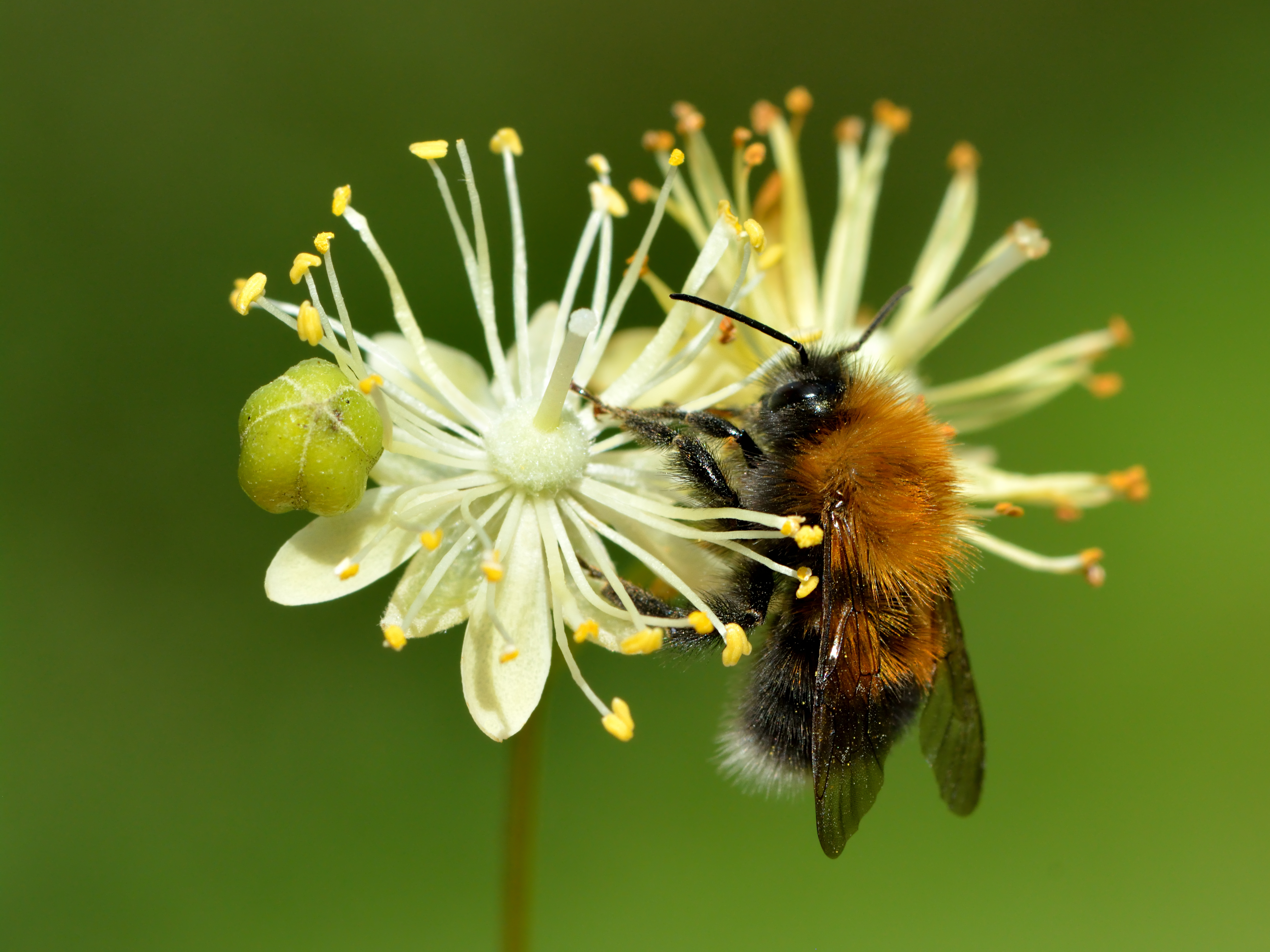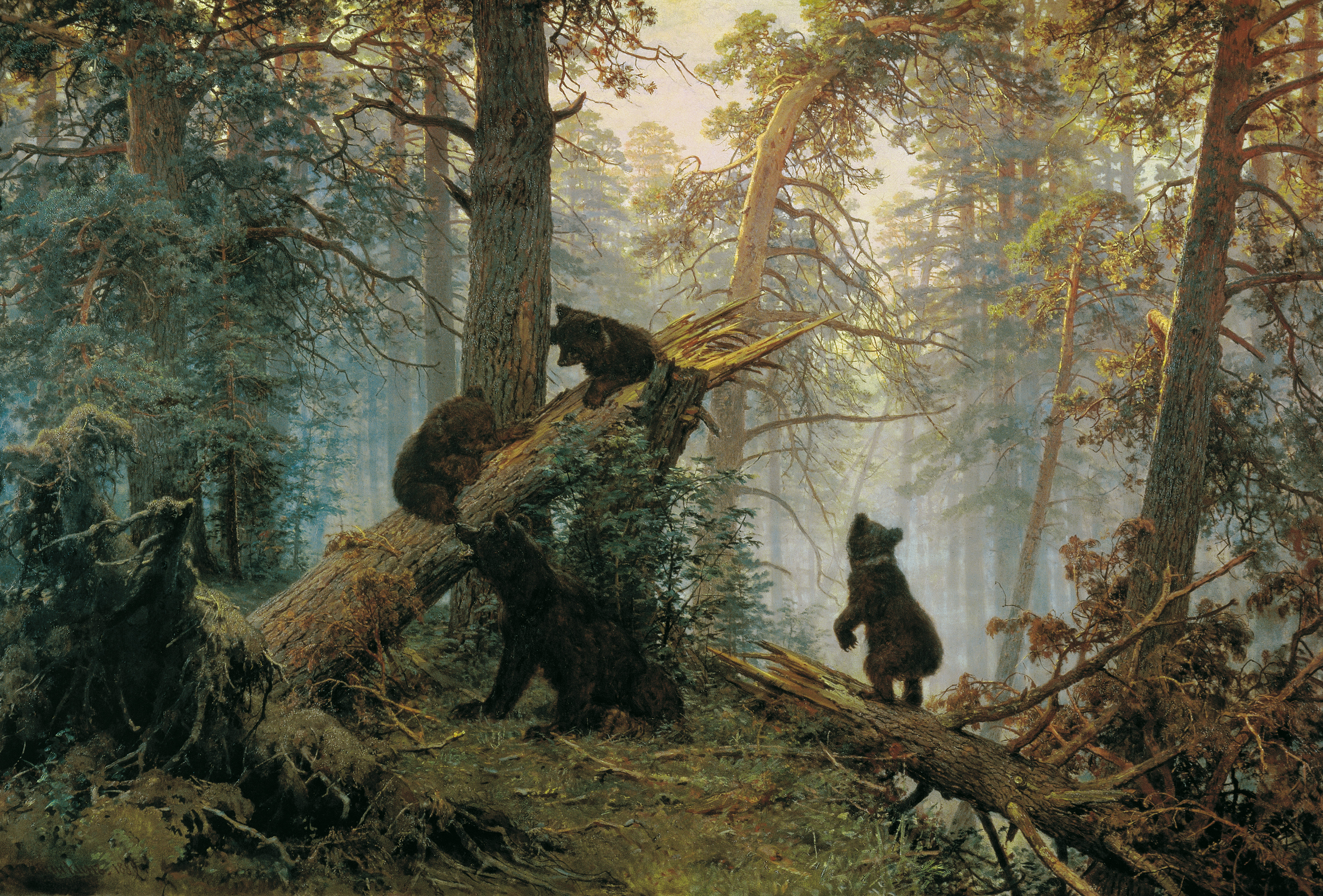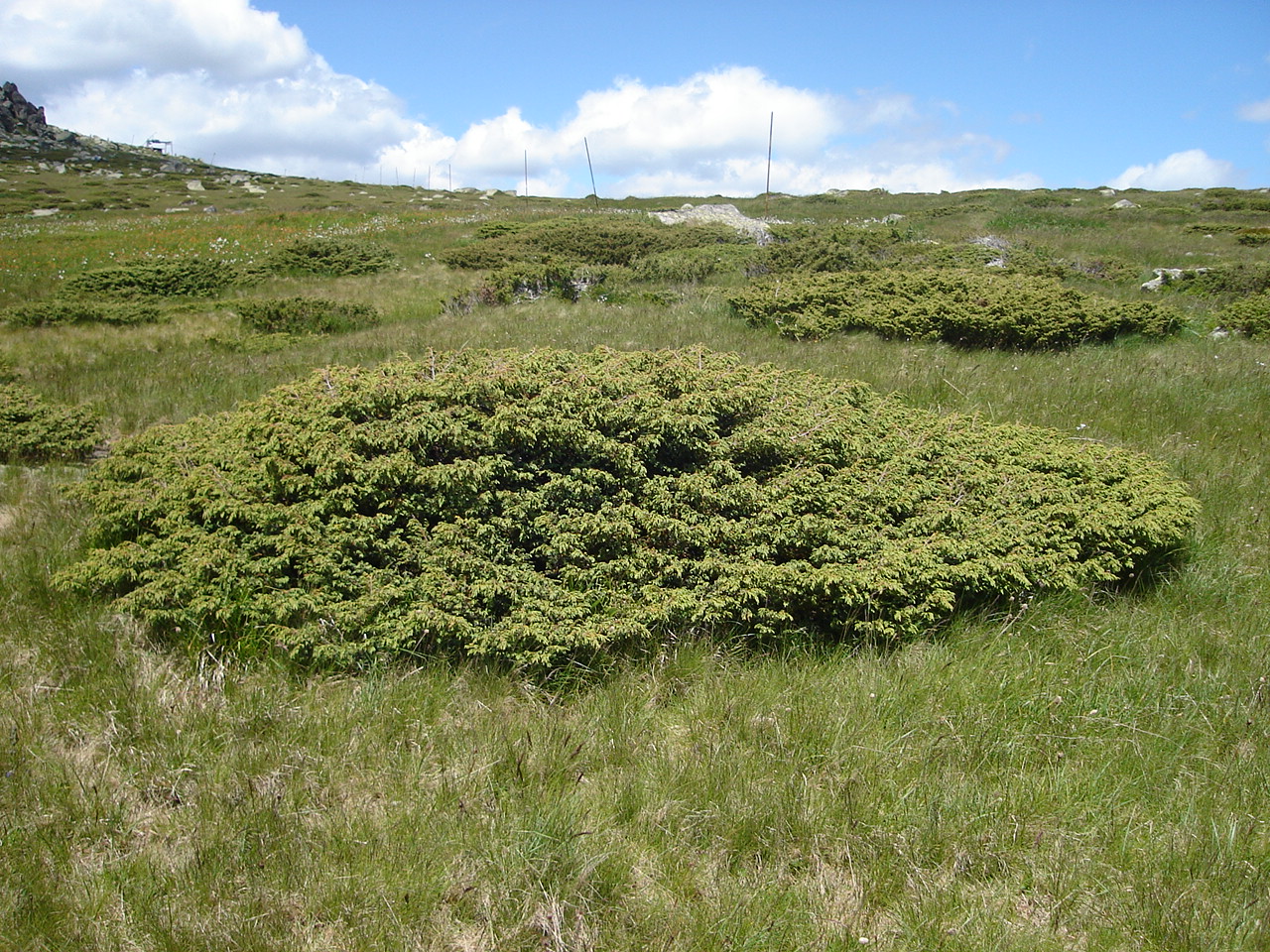|
British Wildwood
British wildwood, or simply the wildwood, is the wholly natural forested landscape that developed across major parts of Prehistoric Britain after the last ice age. It existed as the main climax vegetation in Britain for several millennia as the result of the relatively warm and moist post-glacial climate and had not yet been destroyed or modified by human intervention. From the start of the Neolithic period, this wildwood gradually gave way to open plains and fields as human populations increased and began to significantly shape and exploit the land to their advantage. The wildwood concept has been especially popularized by ecologist and countryside historian Oliver Rackham in his various worksRackham O. 1976. ''Trees and Woodland in the British Landscape''. JM Dent.Rackham O. 1980. ''Ancient Woodland, its History, Vegetation and Uses in England''. Edward Arnold.Rackham O. 2020. ''History of the Countryside''. Weidenfeld & Nicolson. Most of the modern woodlands that remain in Engl ... [...More Info...] [...Related Items...] OR: [Wikipedia] [Google] [Baidu] |
Prehistoric Britain
Several species of humans have intermittently occupied Great Britain for almost a million years. The earliest evidence of human occupation around 900,000 years ago is at Happisburgh on the Norfolk coast, with stone tools and footprints probably made by ''Homo antecessor''. The oldest human fossils, around 500,000 years old, are of ''Homo heidelbergensis'' at Boxgrove in Sussex. Until this time Britain had been permanently connected to the Continent by a chalk ridge between South East England and northern France called the Weald-Artois Anticline, but during the Anglian Glaciation around 425,000 years ago a megaflood broke through the ridge, and Britain became an island when sea levels rose during the following Hoxnian interglacial. Fossils of very early Neanderthals dating to around 400,000 years ago have been found at Swanscombe in Kent, and of classic Neanderthals about 225,000 years old at Pontnewydd in Wales. Britain was unoccupied by humans between 180,000 and 60,000 yea ... [...More Info...] [...Related Items...] OR: [Wikipedia] [Google] [Baidu] |
Aspen
Aspen is a common name for certain tree species; some, but not all, are classified by botanists in the section ''Populus'', of the ''Populus'' genus. Species These species are called aspens: *'' Populus adenopoda'' – Chinese aspen (China, south of ''P. tremula'') *''Populus davidiana'' – Korean aspen (Eastern Asia) *''Populus grandidentata'' – Bigtooth aspen (eastern North America, south of ''P. tremuloides'') *''Populus sieboldii'' – Japanese aspen (Japan) *''Populus tremula'' – Eurasian aspen (northern Europe and Asia) *''Populus tremuloides'' – Quaking aspen or trembling aspen (northern and western North America) Habitat and longevity The trembling of the leaves of the trembling aspen Aspen trees are all native to cold regions with cool summers, in the north of the northern hemisphere, extending south at high-altitude areas such as mountains or high plains. They are all medium-sized deciduous trees reaching tall. In North America, the aspen is referred to ... [...More Info...] [...Related Items...] OR: [Wikipedia] [Google] [Baidu] |
Scottish Highlands
The Highlands ( sco, the Hielands; gd, a’ Ghàidhealtachd , 'the place of the Gaels') is a historical region of Scotland. Culturally, the Highlands and the Lowlands diverged from the Late Middle Ages into the modern period, when Lowland Scots replaced Scottish Gaelic throughout most of the Lowlands. The term is also used for the area north and west of the Highland Boundary Fault, although the exact boundaries are not clearly defined, particularly to the east. The Great Glen divides the Grampian Mountains to the southeast from the Northwest Highlands. The Scottish Gaelic name of ' literally means "the place of the Gaels" and traditionally, from a Gaelic-speaking point of view, includes both the Western Isles and the Highlands. The area is very sparsely populated, with many mountain ranges dominating the region, and includes the highest mountain in the British Isles, Ben Nevis. During the 18th and early 19th centuries the population of the Highlands rose to around 300,000, but ... [...More Info...] [...Related Items...] OR: [Wikipedia] [Google] [Baidu] |
Holocene Climatic Optimum
The Holocene Climate Optimum (HCO) was a warm period that occurred in the interval roughly 9,000 to 5,000 years ago BP, with a thermal maximum around 8000 years BP. It has also been known by many other names, such as Altithermal, Climatic Optimum, Holocene Megathermal, Holocene Optimum, Holocene Thermal Maximum, Hypsithermal, and Mid-Holocene Warm Period. The warm period was followed by a gradual decline, of about 0.1 to 0.3 °C per millennium, until about two centuries ago (when this trend was rapidly reversed due to human-produced greenhouse gas emissions). However, on a sub-millennial scale, there were regional warm periods superimposed on this decline. * For other temperature fluctuations, see temperature record. * For other past climate fluctuation, see paleoclimatology. * For the pollen zone and Blytt–Sernander period, associated with the climate optimum, see Atlantic (period). Global effects The Holocene Climate Optimum warm event consisted of increases of up t ... [...More Info...] [...Related Items...] OR: [Wikipedia] [Google] [Baidu] |
Small-leaved Lime
''Tilia cordata'', the small-leaved lime or small-leaved linden, is a species of tree in the family Malvaceae, native to much of Europe. Other common names include little-leaf or littleleaf linden, or traditionally in South East England, pry or pry tree. Its range extends from Britain through mainland Europe to the Caucasus and western Asia. In the south of its range it is restricted to high elevations.Rushforth, K. (1999). ''Trees of Britain and Europe''. Collins .Den Virtuella Floran''Tilia cordata'' (in Swedish; with maps/ref> Description ''Tilia cordata'' is a deciduous tree growing to tall, diameter 1/3 to 1/2 the height, with a trunk up to 1 m diameter. The largest known trunk circumference was a specimen in Närke, Sweden, that measured 8.35 meters diameter at chest height. Lindar in Germany is said to be over 1000 years old. The bark is smooth and grayish when young, firm with vertical ridges and horizontal fissures when older. The crown is rounded in a formal oval ... [...More Info...] [...Related Items...] OR: [Wikipedia] [Google] [Baidu] |
Alnus Glutinosa
''Alnus glutinosa'', the common alder, black alder, European alder, European black alder, or just alder, is a species of tree in the family Betulaceae, native to most of Europe, southwest Asia and northern Africa. It thrives in wet locations where its association with the bacterium ''Frankia alni'' enables it to grow in poor quality soils. It is a medium-sized, short-lived tree growing to a height of up to 30 metres (98 feet). It has short-stalked rounded leaves and separate male and female flowers in the form of catkins. The small, rounded fruits are cone-like and the seeds are dispersed by wind and water. The common alder provides food and shelter for wildlife, with a number of insects, lichens and fungi being completely dependent on the tree. It is a pioneer species, colonising vacant land and forming mixed forests as other trees appear in its wake. Eventually common alder dies out of woodlands because the seedlings need more light than is available on the forest floor. I ... [...More Info...] [...Related Items...] OR: [Wikipedia] [Google] [Baidu] |
Wych Elm
''Ulmus glabra'' Hudson, the wych elm or Scots elm, has the widest range of the European elm species, from Ireland eastwards to the Urals, and from the Arctic Circle south to the mountains of the Peloponnese and Sicily, where the species reaches its southern limit in Europe; it is also found in Iran. A large deciduous tree, it is essentially a montane species, growing at elevations up to , preferring sites with moist soils and high humidity.Heybroek, H. M., Goudzwaard, L, Kaljee, H. (2009). ''Iep of olm, karakterboom van de Lage Landen'' (:Elm, a tree with character of the Low Countries). KNNV, Uitgeverij. The tree can form pure forests in Scandinavia and occurs as far north as latitude 67°N at Beiarn in Norway. It has been successfully introduced as far north as Tromsø, Norway and Alta, Norway (70°N). It has also been successfully introduced to Narsarsuaq, near the southern tip of Greenland ( 61°N). The tree was by far the most common elm in the north and west of the Britis ... [...More Info...] [...Related Items...] OR: [Wikipedia] [Google] [Baidu] |
Corylus Avellana
''Corylus avellana'', the common hazel, is a species of flowering plant in the birch family Betulaceae. It is native to Europe and western Asia. It is an important component of the hedgerows that were the traditional field boundaries in lowland England. The wood was traditionally grown as coppice, the poles cut being used for wattle-and-daub building and agricultural fencing. Common hazel is cultivated for its nuts. The name hazelnut applies to the nuts of any species in the genus ''Corylus'', but in commercial settings a hazelnut is usually that of ''C. avellana''. This hazelnut or cob nut, the kernel of the seed, is edible and used raw or roasted, or ground into a paste. The cob is round, compared with the longer filbert nut. Description Common hazel is typically a shrub reaching tall, but can reach . The leaves are deciduous, rounded, long and across, softly hairy on both surfaces, and with a double-serrate margin. The flowers are produced very early in spring, before ... [...More Info...] [...Related Items...] OR: [Wikipedia] [Google] [Baidu] |
Boreal (age)
In paleoclimatology of the Holocene, the Boreal was the first of the Blytt–Sernander sequence of north European climatic phases that were originally based on the study of Danish peat bogs, named for Axel Blytt and Rutger Sernander, who first established the sequence. In peat bog sediments, the Boreal is also recognized by its characteristic pollen zone. It was preceded by the Younger Dryas, the last cold snap of the Pleistocene, and followed by the Atlantic, a warmer and moister period than our most recent climate. The Boreal, transitional between the two periods, varied a great deal, at times having within it climates like today's. Subdividing the Boreal Subsequent to the original Blytt-Sernander scheme, the first stage of the Boreal was divided off as a Pre-boreal transitional phase, followed by the Boreal proper. Some current schemes based on pollen zones also distinguish a pre-Boreal (pollen zone IV), an early Boreal (pollen zone V) and a late Boreal (pollen zone VIa, b, ... [...More Info...] [...Related Items...] OR: [Wikipedia] [Google] [Baidu] |
Juniperus Communis
''Juniperus communis'', the common juniper, is a species of small tree or shrub in the cypress family Cupressaceae. An evergreen conifer, it has the largest geographical range of any woody plant, with a circumpolar distribution throughout the cool temperate Northern Hemisphere. Description ''Juniperus communis'' is very variable in form, ranging from —rarely —tall to a low, often prostrate spreading shrub in exposed locations. It has needle-like leaves in whorls of three; the leaves are green, with a single white stomatal band on the inner surface. It never attains the scale-like adult foliage of other members of the genus. It is dioecious, with male and female cones (both of which are wind pollinated) on separate plants. The male cones are yellow, long, and fall soon after shedding their pollen in March–April. The fruit are berry-like cones known as juniper berries. They are initially green, ripening in 18 months to purple-black with a blue waxy coating; they are spheri ... [...More Info...] [...Related Items...] OR: [Wikipedia] [Google] [Baidu] |
Willow
Willows, also called sallows and osiers, from the genus ''Salix'', comprise around 400 speciesMabberley, D.J. 1997. The Plant Book, Cambridge University Press #2: Cambridge. of typically deciduous trees and shrubs, found primarily on moist soils in cold and temperate regions. Most species are known as willow, but some narrow-leaved shrub species are called osier, and some broader-leaved species are referred to as sallow (from Old English ''sealh'', related to the Latin word ''salix'', willow). Some willows (particularly arctic and alpine species) are low-growing or creeping shrubs; for example, the dwarf willow (''Salix herbacea'') rarely exceeds in height, though it spreads widely across the ground. Description Willows all have abundant watery bark sap, which is heavily charged with salicylic acid, soft, usually pliant, tough wood, slender branches, and large, fibrous, often stoloniferous roots. The roots are remarkable for their toughness, size, and tenacity to live ... [...More Info...] [...Related Items...] OR: [Wikipedia] [Google] [Baidu] |
Pre-Boreal
The Preboreal is an informal stage of the Holocene epoch. It is preceded by the Tarantian and succeeded by the Boreal. It lasted from 10,300 to 9,000 BP in radiocarbon years or 8350BC to 7050BC in Gregorian calendar years (8th millennium BC). It is the first stage of the Holocene epoch. The Preboreal was an informal subdivision of the Holocene, and as stratigraphy and dating techniques have improved since this 1972 proposal the dates would be different if proposed today. Instead others have begun to use the terms Early, Middle and Late, which would be Lower, Middle and Upper in respect of Holocene sediments. If this terminology were to be used the preboreal would be replaced by Lower Holocene which would be dated 11.7 – 8.2 ka B2K. In July 2018 the International Commission on Stratigraphy (a part of the IUGS) ratified Greenlandian as the globally recognised first age of the Holocene The Holocene ( ) is the current geological epoch. It began approximately 11,650 cal ye ... [...More Info...] [...Related Items...] OR: [Wikipedia] [Google] [Baidu] |










